A six-year-old boy with a limitless imagination and his stuffed tiger brought to life have been making readers laugh, dream and ponder life’s big questions for decades. Millions of people have known and loved this pair, and now students and Eugene locals have the once-in-a-lifetime opportunity to see a selection of Bill Watterson’s “Calvin and Hobbes” comic strips at UO’s Jordan Schnitzer Museum of Art.
This exhibit, curated by Kate Kelp-Stebbins, associate professor and co-director of the comic and cartoon studies minor, features chosen strips from a collection of nearly 3,300 originals. These stories navigate a child’s imagination through a variety of characters, including Calvin, Hobbes the tiger and Calvin’s parents. Shifting perspectives, these comics bend reality and time, offering questions of what is real and what isn’t.
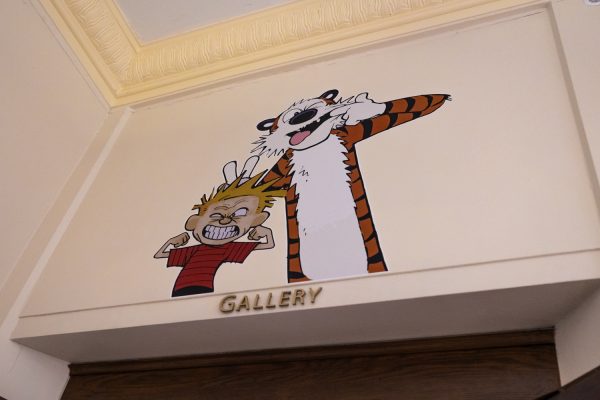
Previously, the “Calvin and Hobbes” original comics had exclusively been shown at Ohio State’s Billy Ireland Cartoon Library and Museum, where the vast majority of the collection resides. Kelp-Stebbins was asked to visit Ohio State for a curator talk and inquired about the possibility of borrowing some of the strips, not expecting a positive answer due to the exclusivity. To her surprise, the team reached out to Watterson, who granted permission for a portion of the comics to go on loan to the JSMA.
Facing the vast collection, Kelp-Stebbins then had to go through the daunting process of picking only 30 comics for the show.
“I aimed to properly represent the artistry, the creativity and the ingenuity of the strips, as well as the humor,” Kelp-Stebbins said.
A few of Kelp-Stebbins’ undergraduate and graduate comic studies students, Anu Sugathan, Gowri Nair and Hannah Leugers, were included in the process of bringing together this exhibition. Kelp-Stebbins involved them with hands-on research, giving them the opportunity to learn about what goes into putting on a gallery show. A few of the students’ favorite comics from the collection are on display digitally at the exhibition for viewing as well, offering explanations of their importance and how they fit into the “Calvin and Hobbes” legacy.
Watterson created a world where a stuffed animal comes to life, putting the viewer into the vivid imagination of a little kid. He takes away the normalized sense of perspective by modifying elements of reality. Something as simple as sitting in a laundry basket is depicted as an exciting adventure like traveling through space in a UFO. Watterson urges a shedding of predisposed perspectives, challenging the audience to figure out what is imaginary and what isn’t. Calvin and Hobbes might be fighting off dinosaurs, or they might be playing in the grocery store. Readers won’t know until the perspective is switched.
“These comics tap into the childlike imagination and wonder where we did not necessarily have a strict idea of what was real or what was possible, allowing us to view the world through a different lens,” Kelp-Stebbins said.
Although Watterson is capable of complex and detailed fine art, he explored the idea that less can be more with “Calvin and Hobbes.” He tells vivid stories with simple drawings and only a few words, utilizing emanata, like sweat drops or expression lines, to narrate.
“One of the things I try to impress upon my students is that comics can say a lot with very minimal line work,” Kelp-Stebbins said.
Beyond the artistry, “Calvin and Hobbes” plays with the boundaries of the divide between “high art” and “low art.” While publishing, Watterson was passionate about avoiding the commercialization of these characters. He fought to maintain licensing rights, turning down millions of dollars in merchandising deals. His goal was not to turn “Calvin and Hobbes” into products, but for them to remain solely as artistic creations.
Comics were originally produced to encourage newspaper sales, but Watterson wanted to highlight the importance of comics as an art form rather than a way to make money. He alluded to the societal divide of art forms throughout his comics, making jokes about the sacrifices artists often have to make in order to survive in the industry, while keeping “Calvin and Hobbes” untainted by the pressures of capitalism.
“Comics really give us a sense of how art has a certain economy of storytelling and how it can be used to reframe how we think about the world and the stories that we tell,” Kelp-Stebbins said. “It makes us think about how art is valued and what role commerce and capitalism have in that.”
More than an exhibit, this show invites people to laugh, cry and feel nostalgic as they return to a more malleable sense of reality.
“I hope people can go into the show and come out feeling that as tough as the outside world may seem, if they could see it through slightly different eyes, they may be able to change it for the better,” Kelp-Stebbins said.
With a nostalgic sentiment focused on revisiting the state of innocent wonder, this exclusive exhibit is a must-see for students, faculty and anyone who seeks to reminisce in the joy of childhood.
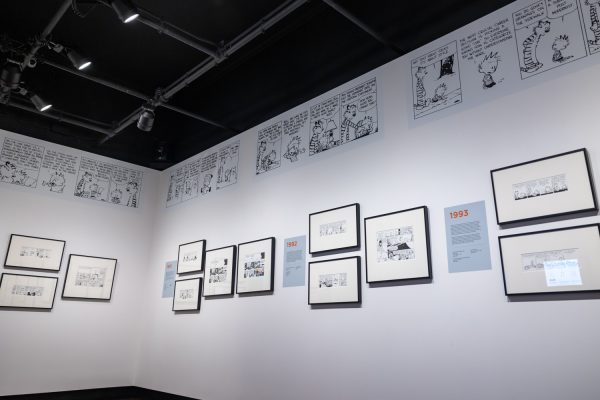
Editor’s note: This story was updated to fix spelling error.



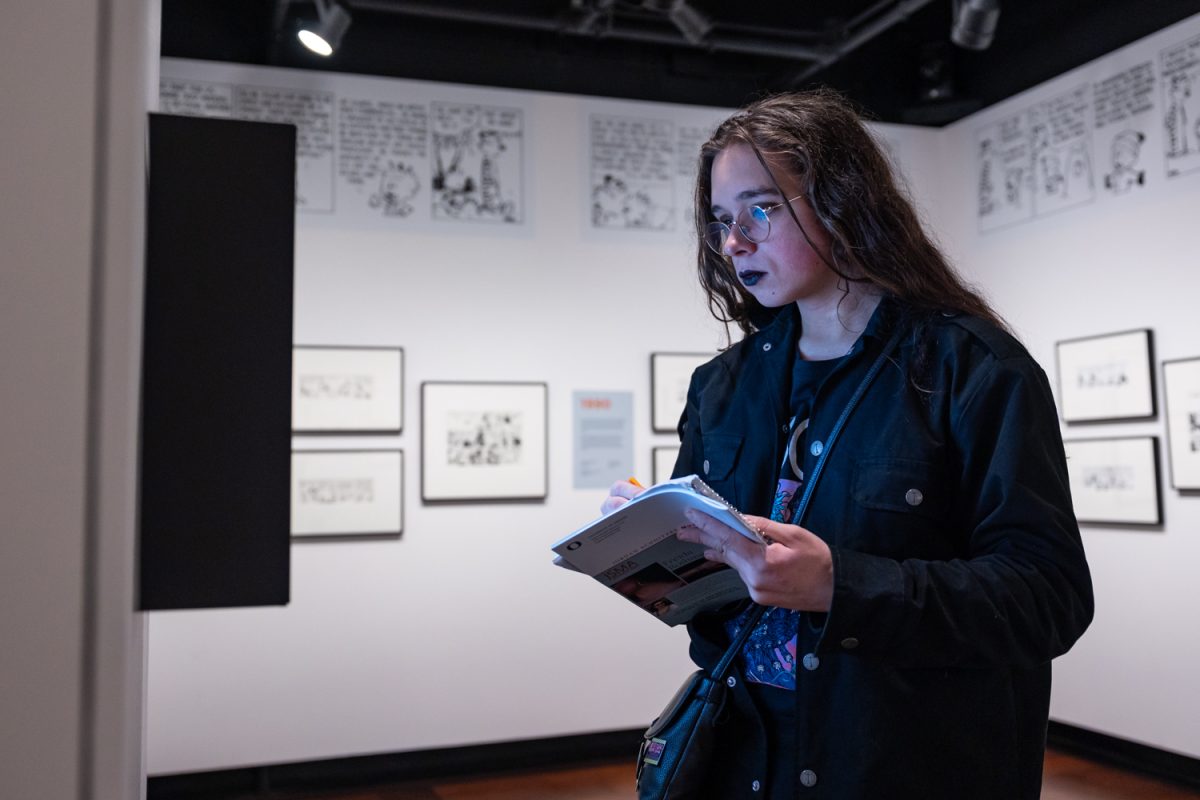
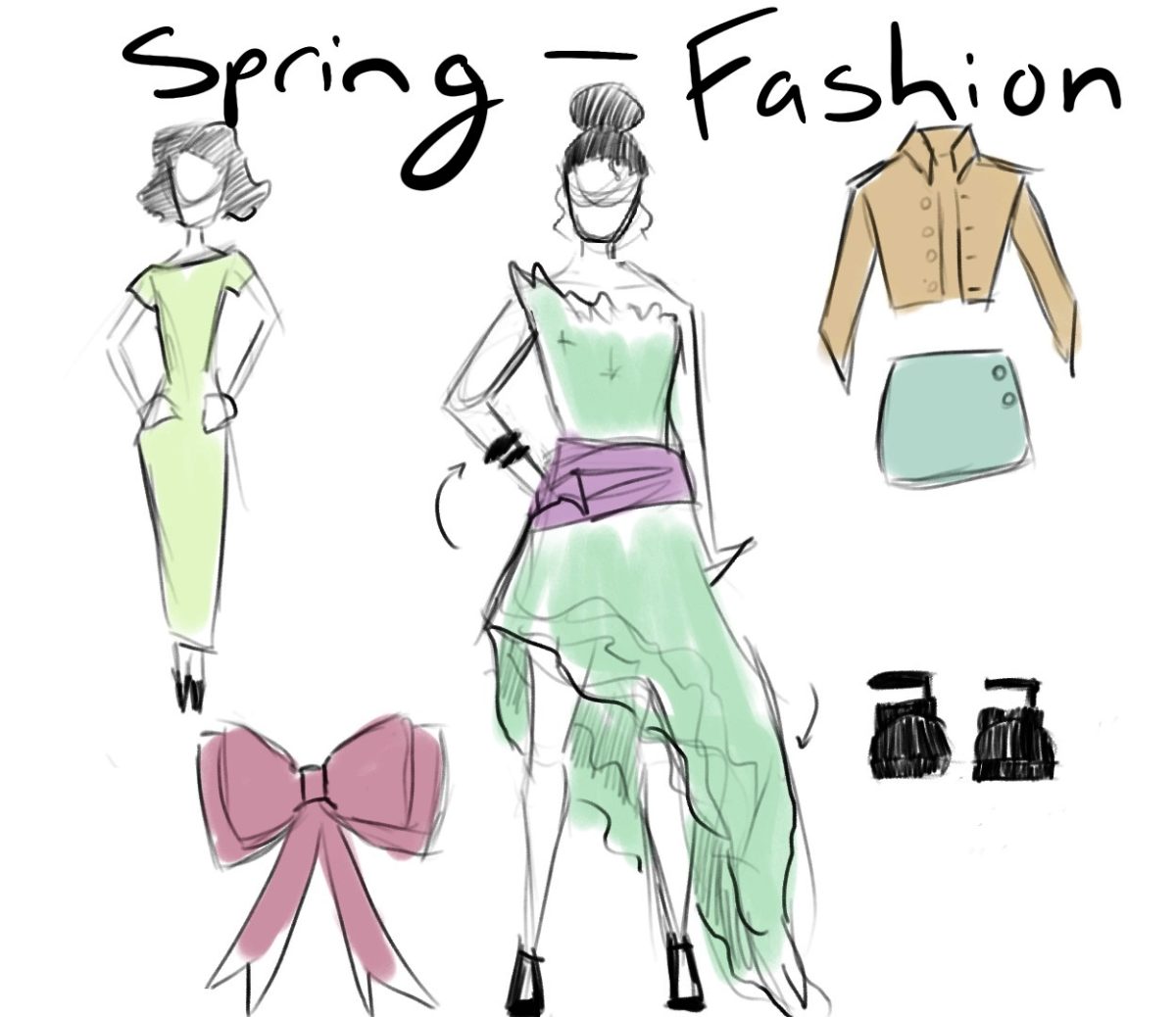
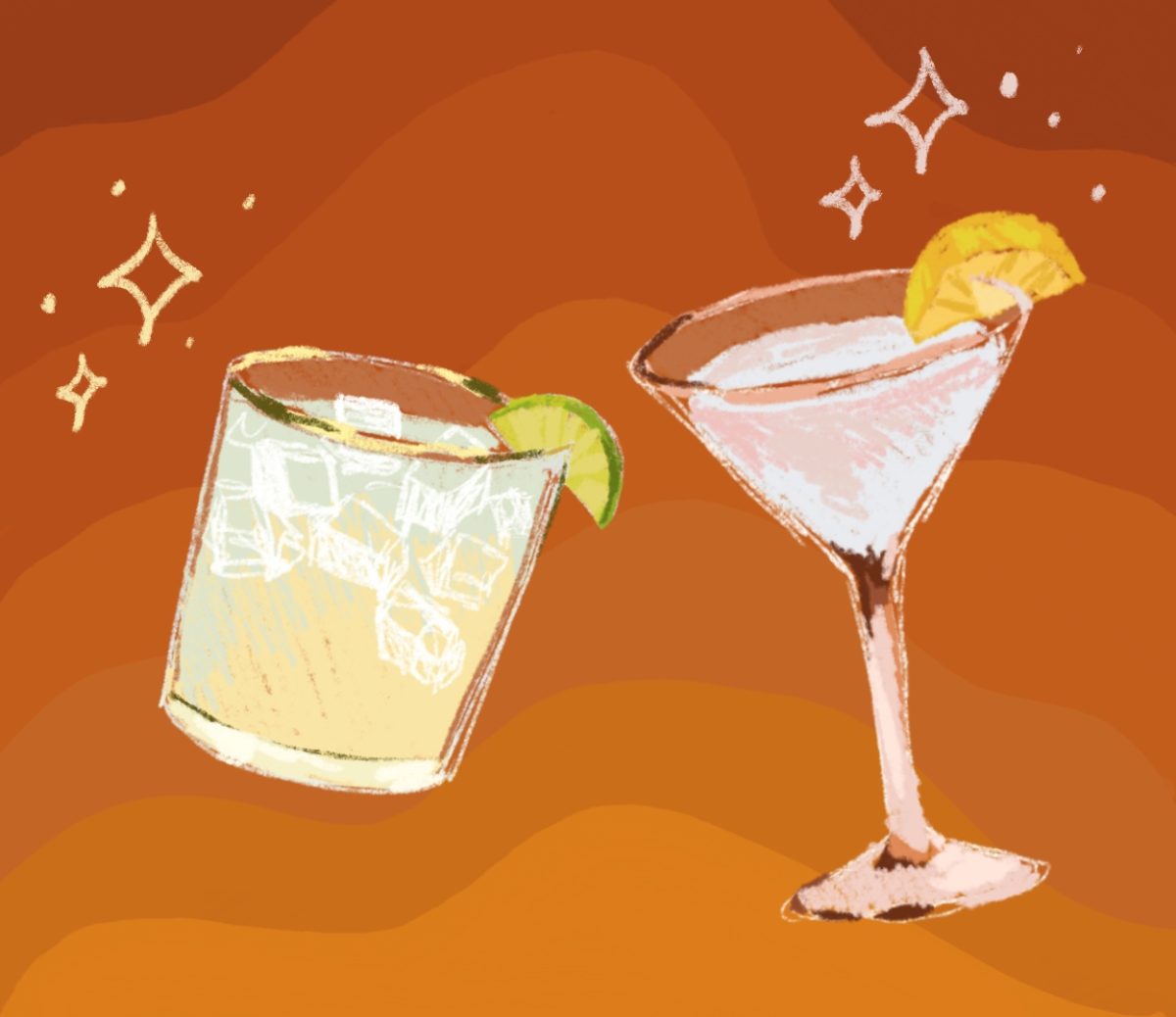
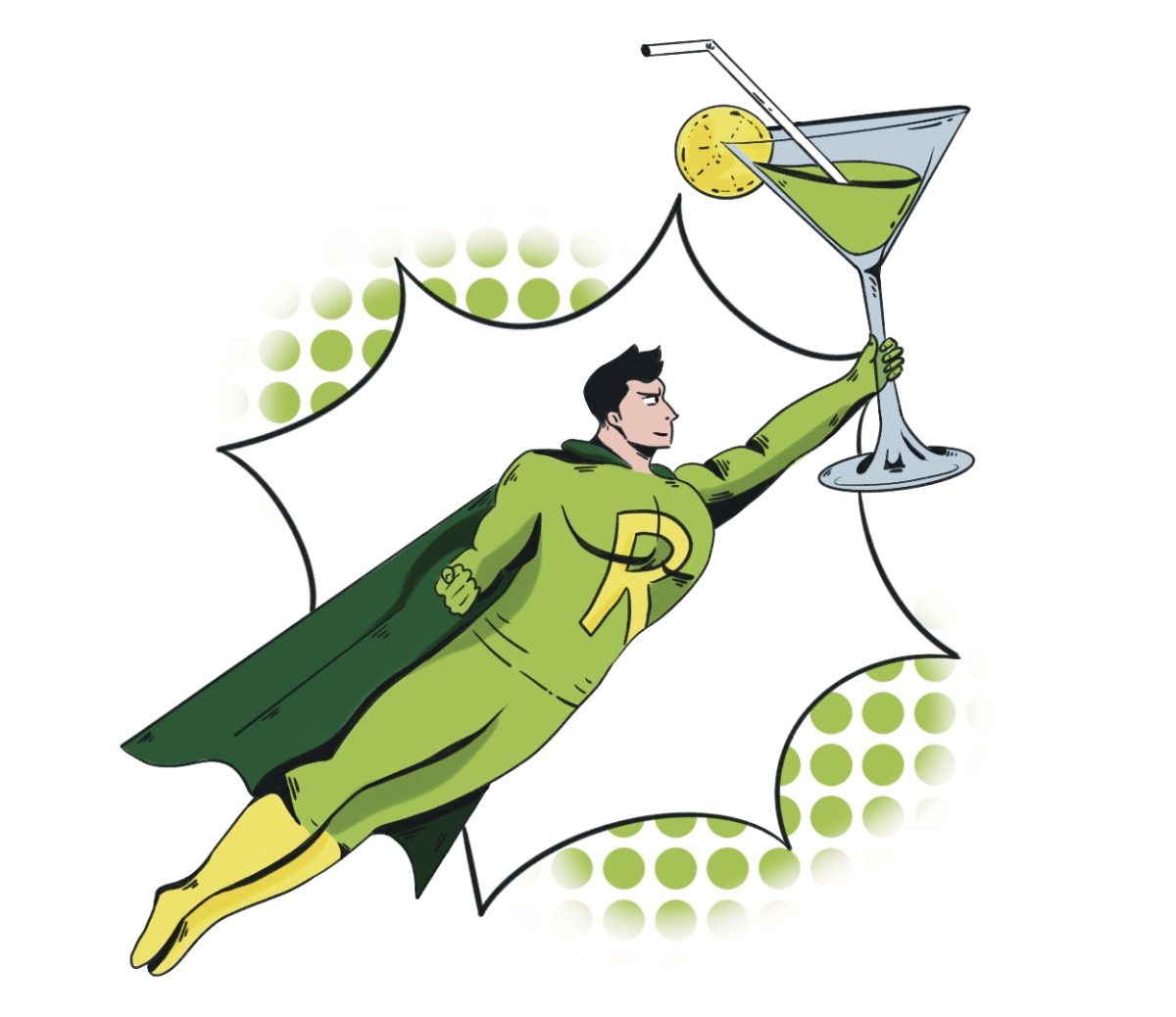
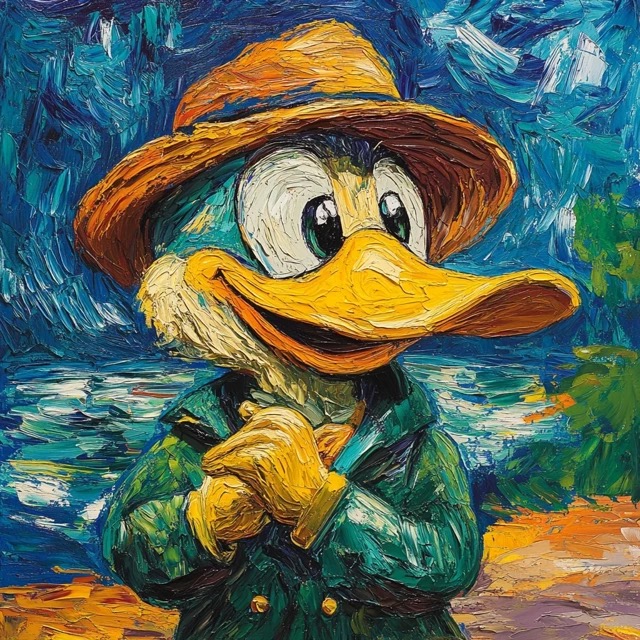
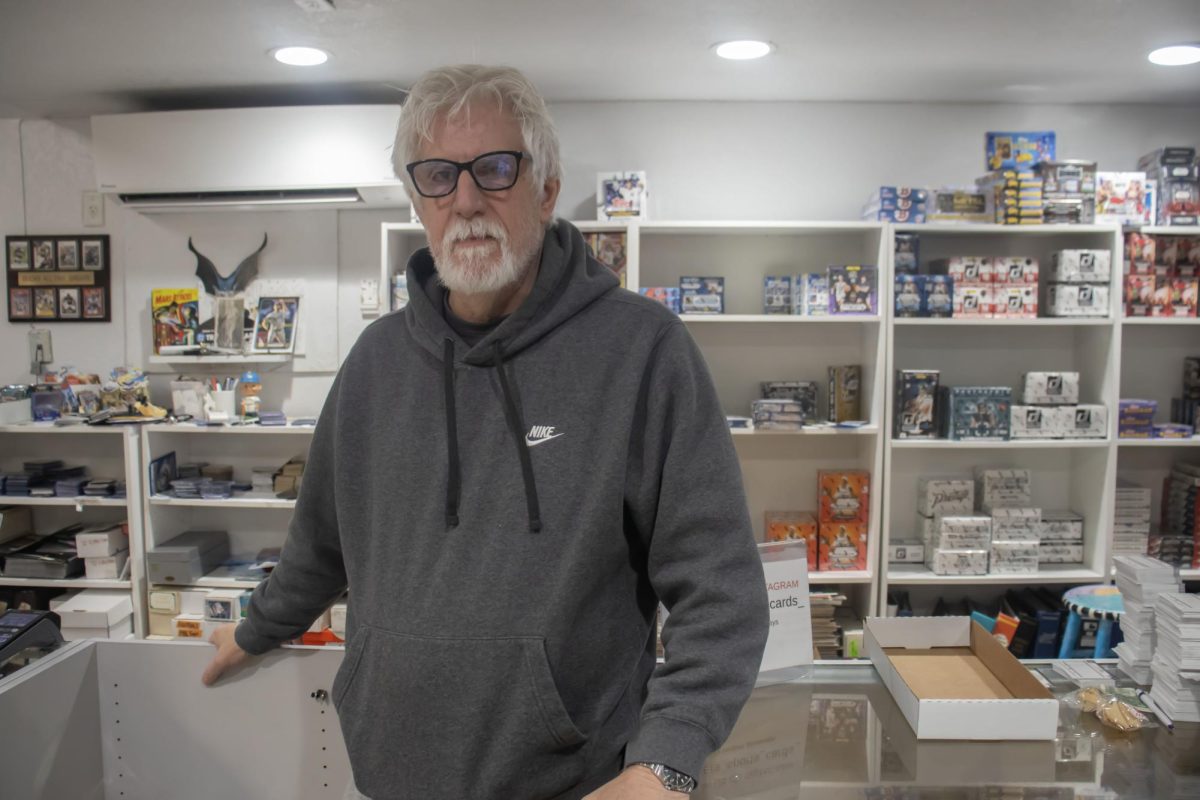


Ken Fletcher • Nov 15, 2024 at 1:48 pm
Just wanted to point out that the cartoonist’s name is spelled Watterson (not Waterson).
Michael Bennett • Nov 15, 2024 at 12:39 pm
“…exhibit is on display at the Jordan Schnitzer Museum of Art until Jordan Schnitzer Museum of Art.” What does that mean? It’s repeated several times, both in the text and the captions—bad editor. No latte.